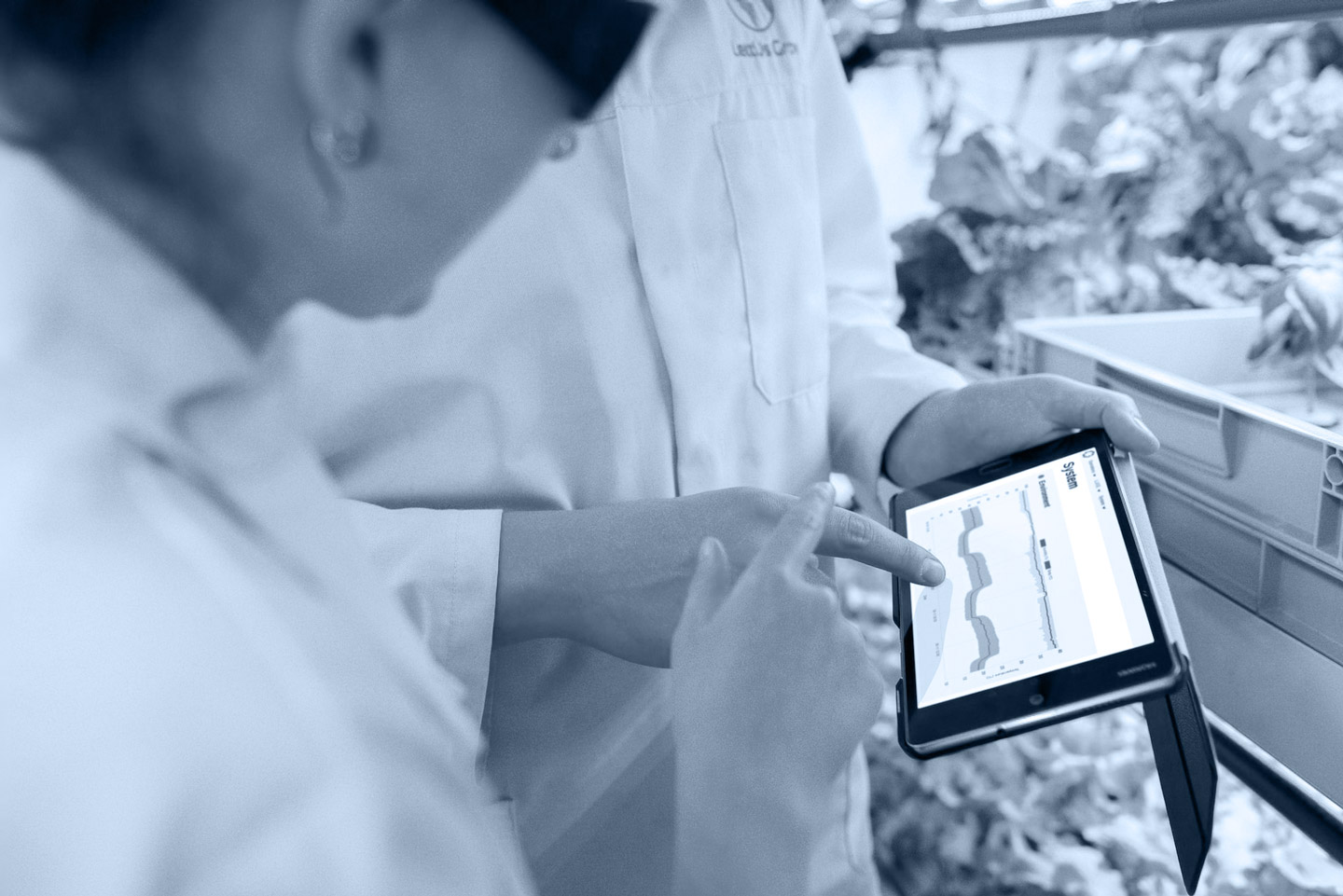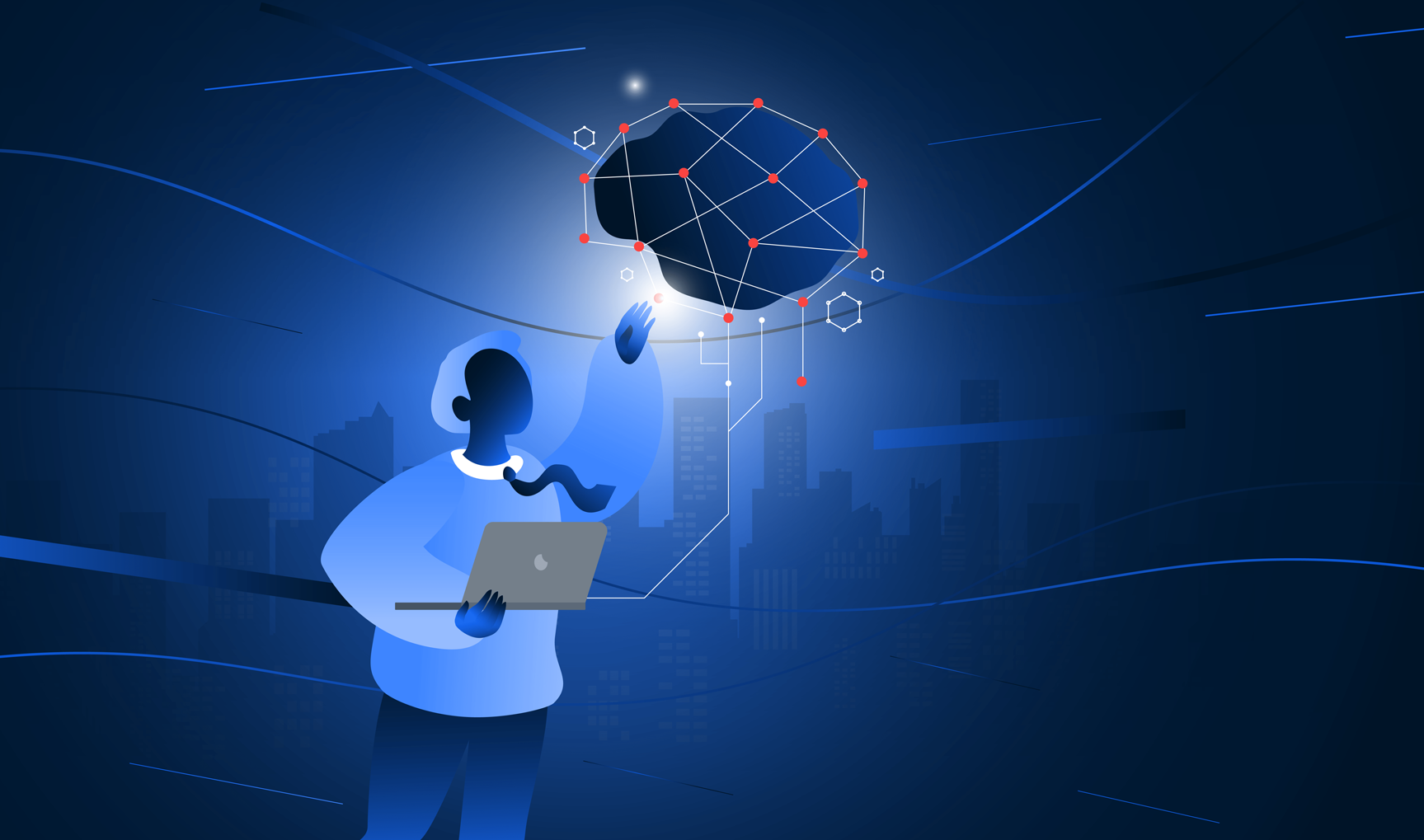Much has been written about the Internet of Things and the steady rise and disruptive impact of machines and their operations technology and how they communicate with each other as well as with the humans who use and control them. Using connected devices and smart sensors are changing, or are capable of changing, almost every aspect of our lives. It is estimated that connected devices will reach the 50 billion mark by 2020 and deliver $11 trillion in economic value by 2025.
Internet of Things devices are employed to manage production, security, and appliances. Factories are optimising operations by linking shelves, forklifts, pallets and equipment using sensors and predictive maintenance. Logistics companies are tracking assets and optimising routes using the Internet of Things. In retail, it allows stock orders to be triggered automatically as shelves empty by using product and shelf sensors while smart beacons can track customer movement in retail stores and the data can be translated into a store layout strategy.
Here are our five predictions about the Internet of Things beyond 2020:
1. Smart farming will become commonplace
Adding sensors to the soil, farmers will be able to track acidity levels, temperatures and other variables influencing crops. Similarly, the farmer can now monitor his crops to ensure it receives sufficient and correct amounts of water and his livestock for location, health and reproductive cycles. A good example is Farm Manager SA’s FarmRanger, developed by Etse electronics which allows farmers to keep precise track of a herd or flock and prevent stock theft.
2. Banking and payments
Artificial intelligence is increasingly being used in banks for signature verification, face detection, location recognition and fraud detection. In the future, we may see teller-assist ATMs provide a live-stream video of a teller for improved customer support.
3. A shift away from consumer-based IoT
As funding growth decreases, the next ten years will see the Internet of Things shifting away from consumer-based IoT. There will be a definite shift to industrial IoT infrastructure and platforms although this trend will need time to mature.
4. Every business will need it
Businesses will sooner rather than later realise that an Internet of Things strategy gives them a competitive advantage over other businesses in their industry. Using some or the other form of IoT in business will therefore become a necessity rather than a nice-to-have in the near future.
5. Cloud computing and Internet of Things
Growing IoT and the rapid development of technology have generated substantial amounts of data that must be stored, processed and analysed. And while IoT is undoubtedly exciting on its own, the real innovation will be combining the Internet of Things with cloud computing. This will enable new monitoring services and powerful processing of sensory data streams which, with the combination of cloud computing and IoT, will become a model for big data storage and analytics.
This is by no means an exhaustive list of trends shaping the future of the Internet of Things. But we are seeing a clear benefit of businesses adopting IoT technology to enhance existing processes and workflows.





